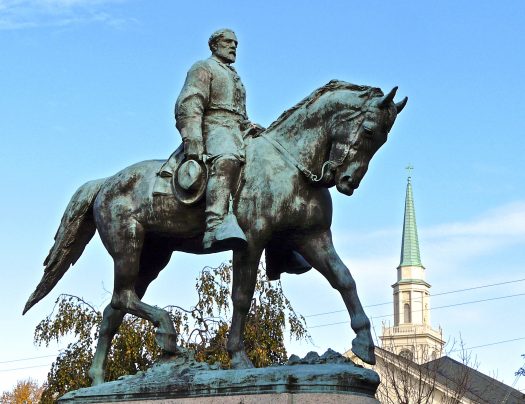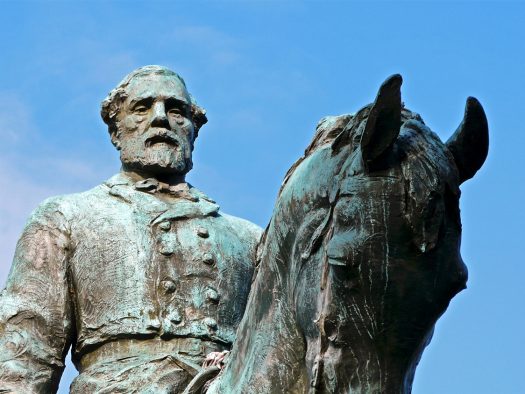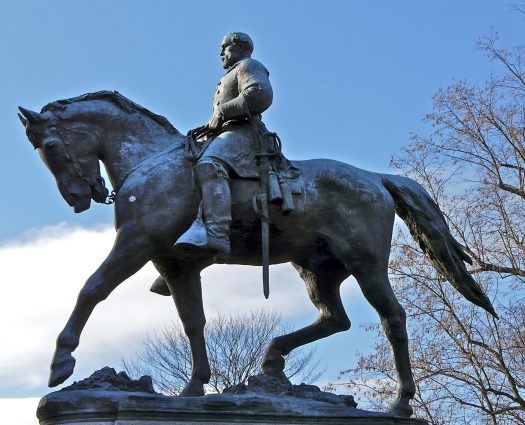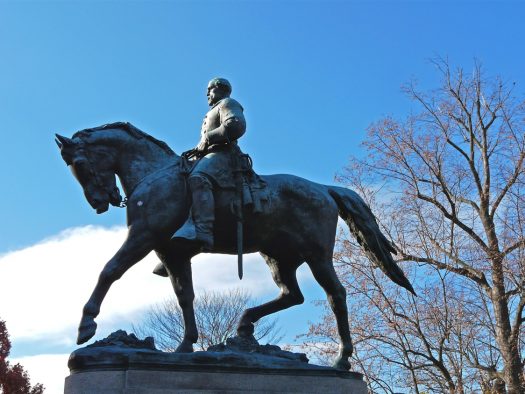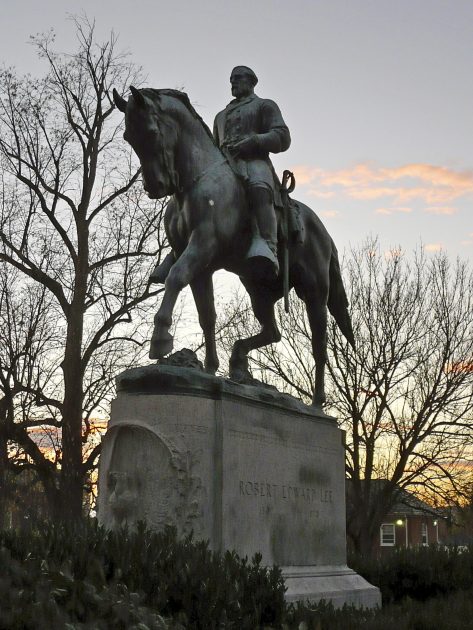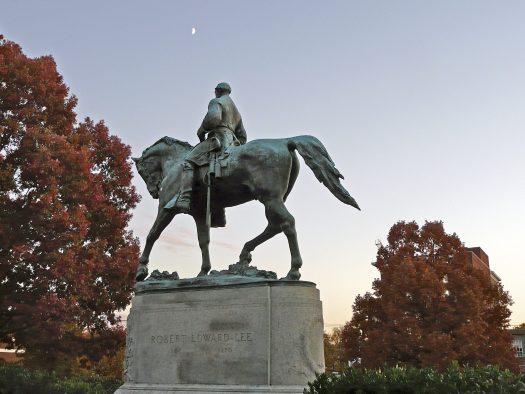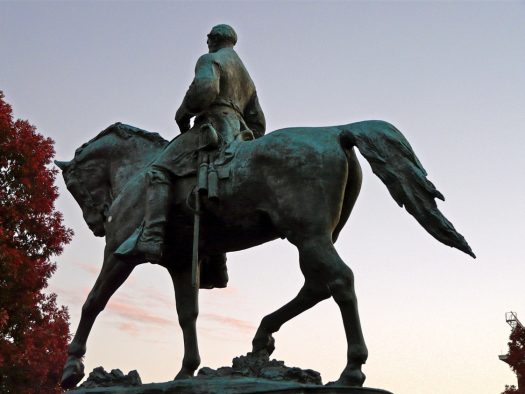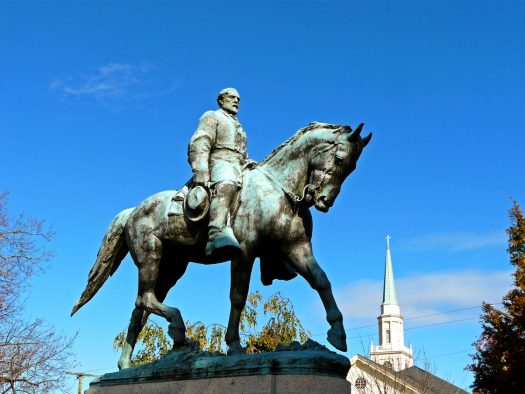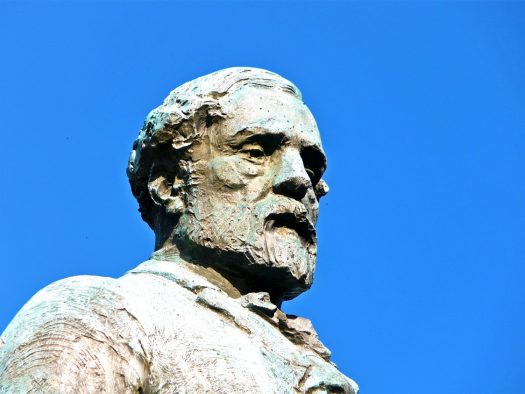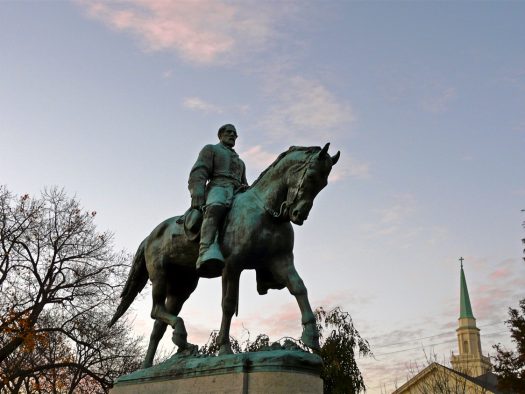- CountryUS
- Town:VA Charlottesville
-
Year of creation:1924
- Rider(s):Lee, Robert Edward
(1807–1870), a top graduate of the United States Military Academy who distinguished himself as an exceptional officer in the US army for 32 years. When Virginia declared its secession from the Union, Lee chose to follow his home state, despite his personal desire for the Union to stay intact and despite the fact that President Abraham Lincoln had offered Lee command of the Union Army. He soon emerged as a shrewd tactician and battlefield commander, winning numerous battles against larger Union forces.
Many military historians have praised Lee’s abilities as a tactician, but his strategic vision was more doubtful. Both of his invasions of the North ended in defeat and he surrendered to Grant in 1865. As Lee was the commanding officer of all the Confederate forces, the remaining armies soon also capitulated. Lee rejected the idea of starting of a guerrilla campaign against the North, and called for reconciliation between the North and the South. He became the great Southern hero of the Civil War, a post-war icon of the ‘Lost Cause of the Confederacy’ to some. His popularity grew, even in the North, and especially after his death in 1870.
- Sculptor(s):Shrady, Henry Merwin / Lentelli Leo
Henry Merwin Shrady (1871 –1922) was an American sculptor, best known for the Ulysses S. Grant Memorial on the west front of the United States Capitol in Washington.
Leo Lentelli (1879 – 1961) was an Italian sculptor who immigrated to the United States. During his 52 years in the United States he created works throughout the country, notably in New York and San Francisco. He also taught sculpture. Among his important works are an equestrian statue of Robert E. Lee in Charlottesville, Virginia (collaboration with Henry Shrady)
-
Since white nationalists marched on August 11, 2017 in Charlottesville (the so called Unite the Right rally) , the quiet college town has seen a nighttime brawl lit up by torches and smartphones, and worse violence that left one person dead and dozens injured.
At the center of the chaos is a statue memorializing Robert E. Lee. It depicts the Confederacy’s top general, larger than life, astride a horse, both green with oxidation.
The white nationalists were in Charlottesville to protest the city’s plan to remove that statue, and counterdemonstrators were there to oppose them. The statue — begun by Henry Merwin Shrady, a New York sculptor, and finished after his death by an Italian, Leo Lentelli — had stood in the city since 1924. But over the past couple of years some residents and city officials, along with organizations like the N.A.A.C.P., had called for it to come down.
Three statues in Charlottesville were removed in July 2021: the statues of Robert Edward Lee, Thomas Jonathan Jackson and George Rogers Clark.
Their fate is so far unknown.
